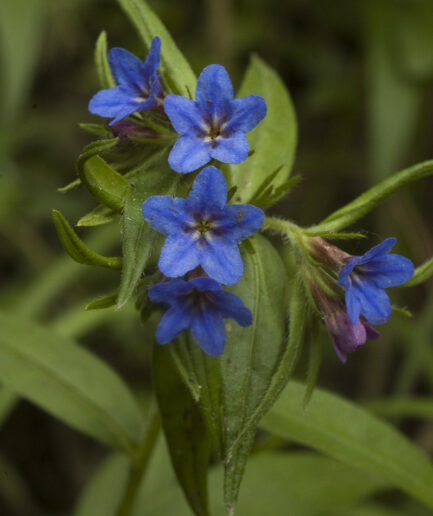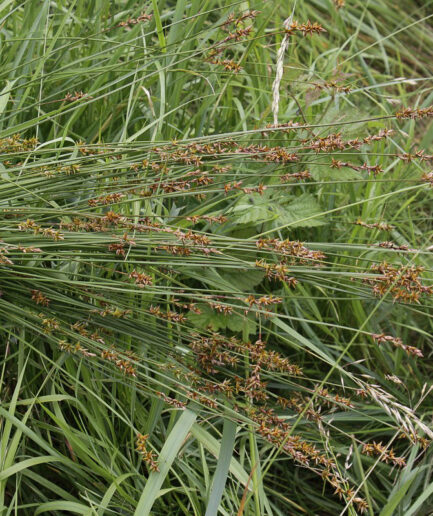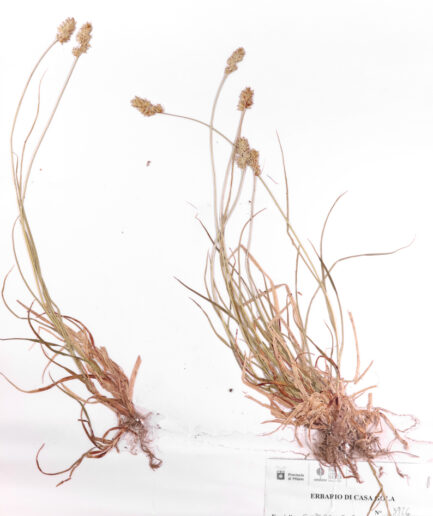Male Fern
Scientific Name: Dryopteris filix-mas L.
Family: Aspidiaceae
MORPHOLOGY
Growth habit and size: A perennial pteridophyte with a short, robust rhizome covered in lignified brown scales. It can reach a height of 120-150 cm.
Stem: Underground rhizome, plant without an above-ground stem.
Leaves: The fronds are bipinnate with rusty-brown scales, ovate-lanceolate in shape (5-20 cm wide by 30-90 cm long), with 20-35 pinnate segments on each side that are longer than they are wide and confluent at the base.
Flowers: Non-flowering plant.
Fruits and Seeds: Absence of fruit, propagates through spores produced on the lower surface of the leaves formed between July and September.
DISTRIBUTION AND HABITAT
Widespread throughout Italy. It is found in alluvial forests, along watercourses, rock crevices, and pastures, from 0 to 2,300 m, and occasionally up to 2,800 m.
USE
The rhizome of the male fern is one of the best vermifuges, with active principles particularly effective against tapeworms and roundworms, which are paralyzed and then easily expelled from the intestine with a purgative. The leaves have soothing properties: the alcoholic tincture is used against painful colic, coughs, and bladder catarrh. Externally, they are used in friction treatments against rheumatism, arthritis, cramps, and lumbago. Before taking any plant-based product (medicinal or non-medicinal) for therapeutic or similar purposes, it is always advisable to consult a doctor.
INTERESTING FACTS
The male fern has been known as a vermifuge since ancient times. The rhizome crushed with honey was used against tapeworms and with wine and barley flour against small worms. During the Middle Ages, the male fern fell into disuse and was no longer distinguished from other ferns. King Louis XV paid a very high price for a medicine made from male fern, and Frederick II bought another similar remedy for an annuity of 200 thalers and the title of Royal Counselor. In 1825, the ethereal extract of male fern was obtained, which has since entered into current practice.
Photo: Licensed freely by Saxifraga and Rutger Barendse, Peter Meininger, Piet Zomerdijk



















